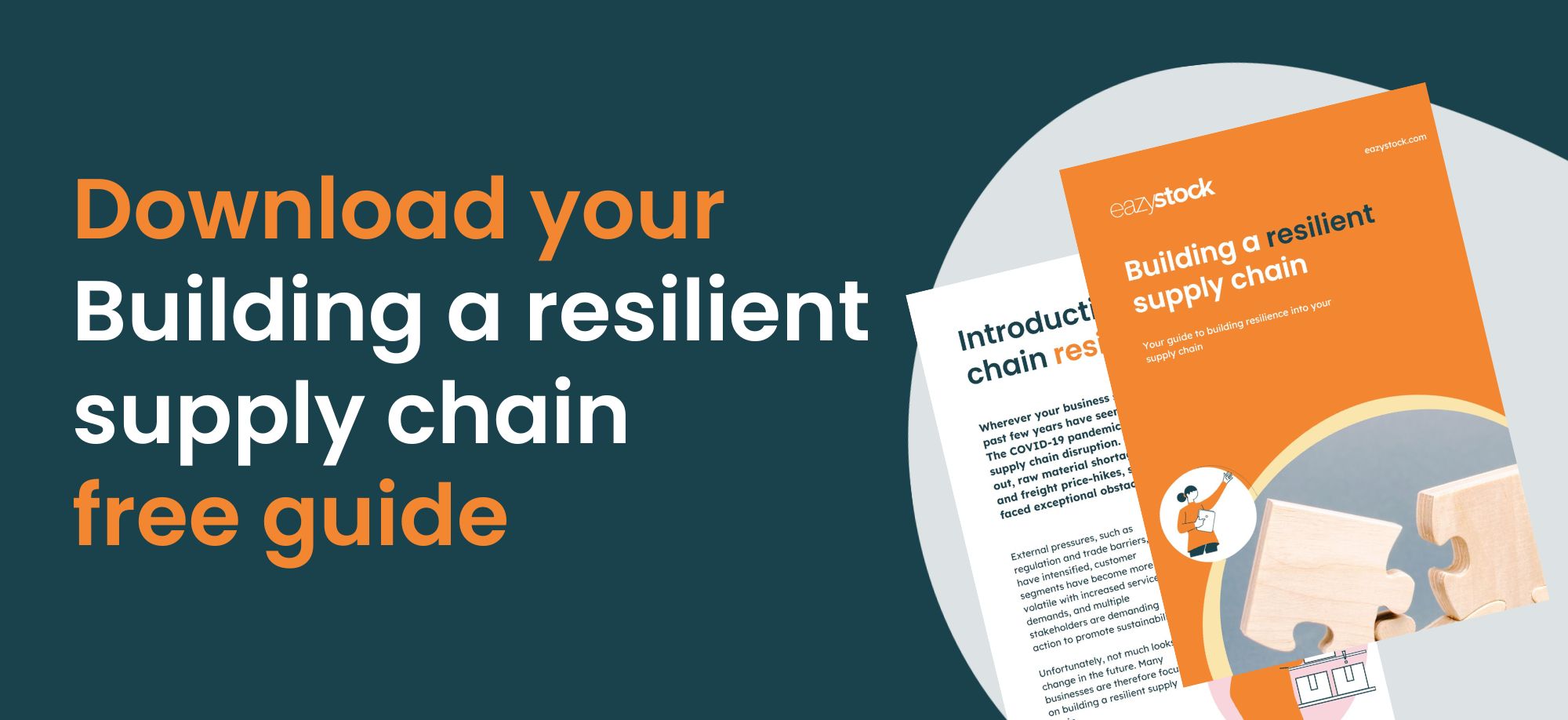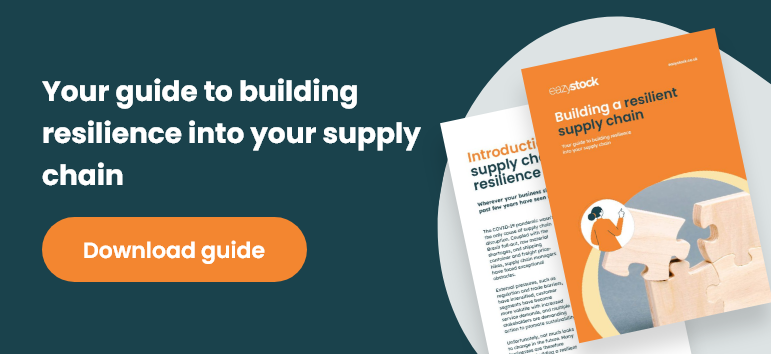How to overcome Red Sea supply chain disruption
Why are there global shipping issues?
Once again, global shipping is experiencing potential long-term disruption, this time due to Houthi attacks in the Red Sea and the Panama Canal drought, amongst other things. International tensions with China, widespread disruption in the Middle East, and the war in Ukraine all continue to impact supply chains.
The UN’s trade and development body, UNCTAD, said the Suez Canal handled approximately 12-15% of global trade in 2023. This plummeted by 42% between December 2023 and January 2024.
Houthi rebels started attacking ships with alleged links to Israel to show support for Hamas and the Palestinians in their war with Israel. The ongoing attacks on ships are seeing many shipping companies divert ships around Africa. While this avoids potential attacks, it takes much longer, adding weeks to journeys, and impacts container and ship availability and prices.

The UK and US governments (with support from Australia, Bahrain, Canada, and the Netherlands) carried out targeted attacks in Yemen to deter further attacks. However, the Houthis have promised to continue to retaliate against any further attacks from the British and US governments.
The length of disruption to freight shipping is unknown as the war continues. Even if the Israel and Gaza war ends, there’s no guarantee that the Houthis will stop their attacks.
Even alternative shipping routes are facing disruption due to the extreme drought in the Panama Canal and surrounding areas.
UNCTAD explained that these prolonged interruptions, particularly in container shipping, directly threaten global supply chains, increasing the risk of delayed deliveries and higher costs. As gas transits are discontinued, energy prices are surging, directly impacting supply.
What do Red Sea attacks mean for global supply chains?
The Red Sea crisis means shipping companies are avoiding using the Red Sea and the Suez Canal, opting to reroute ships sailing between Asia and Europe around Africa using the Cape of Good Hope. However, there are two significant impacts for companies shipping goods from the Far East to Europe and, to some extent, the US using this alternative route.
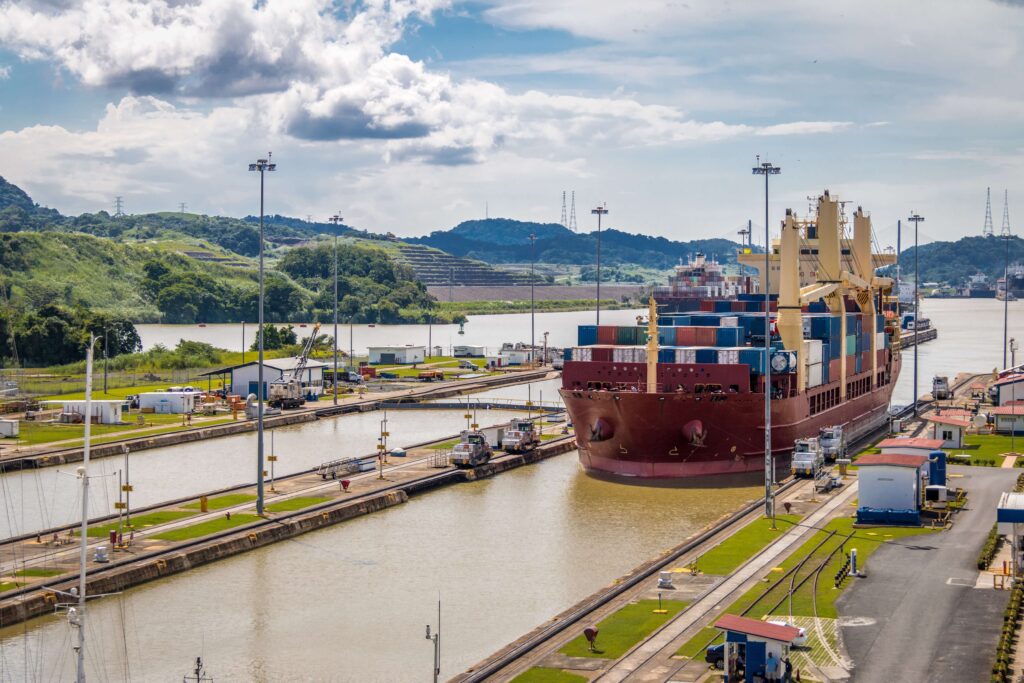
1. Time
Diverting ships around Africa takes longer, increasing shipping times by at least a week and delaying docking by 20-30 days.
Due to the shipping uncertainties, ships are missing their docking, which has a knock-on effect on ship availability and lead times. Disruption is expected to hit trade in the eastern Mediterranean and potentially reach ports in the US.
Companies could turn to truck, air and rail options to make up part of the routes. Although the railway line linking China to Europe has seen freight transport increase over recent years, the sanctions on Russia are affecting this.
2. Cost
Shipping containers
Firstly, shipping container prices are rocketing, particularly between China and Europe. UNCTAD reports that the rates from Shanghai to Europe have more than tripled, increasing 256%. The rates to the United States West Coast have increased by 162%.
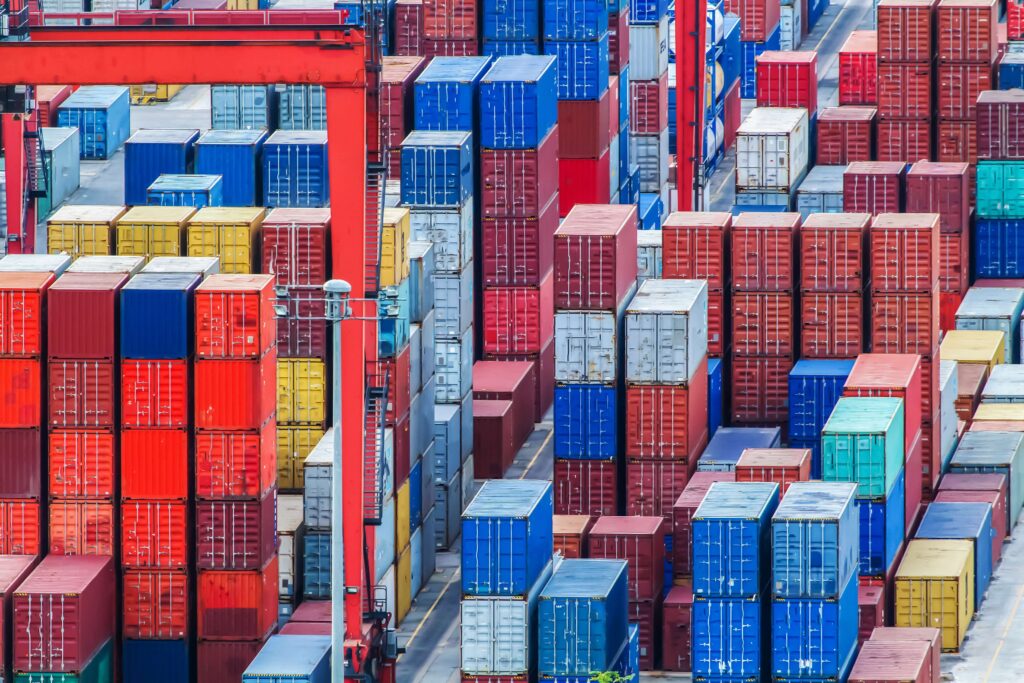
The Shanghai Containerised Freight Index (SCFI) said that the cost of shipping a 20-foot container was around $851, moving to $1,497 in mid-December and closing 2023 at $2,694. So far, in 2024, they have increased further to $4,500.
Although this is well below the $14,000 peak during the COVID-19 pandemic, it will be of little comfort to businesses needing extra budget to ship their goods.
Additional transit costs
It hasn’t helped that the war has increased oil prices, especially when shipping routes are longer. According to Michael Zimmerman, partner at global management consulting firm Kearney, rerouting a ship travelling to Rotterdam will add nearly 5,000 nautical miles or 5,754 miles to the length of the journey. This will add between $500,000 and $1,000,000 to the cost of the journey, which will be passed on to shipping container customers using the ship.
Insurance premiums
Insurance premiums have also increased, compounding the overall cost of transit. Multiple sources, including The Guardian, The Maritime Executive and L’Orient Today, report that the risk premium before the crisis was 0.07% of the ship’s value at the start of December 2023, but that has risen to between 0.5 and 0.7%.
Shipping companies are responding to the crisis by adding surcharges to their shipping costs, which include:
- A Red Sea surcharge
- Contingency surcharge
- War risk surcharges.
3. Capacity
Rerouting ships from the Red Sea and the Suez Canal is causing capacity issues. According to www.supplychainmovement.com, the Panama Canal Authority has reduced the number of vessels that can pass through daily from 38 to 24. These restrictions are expected to remain until the summer.
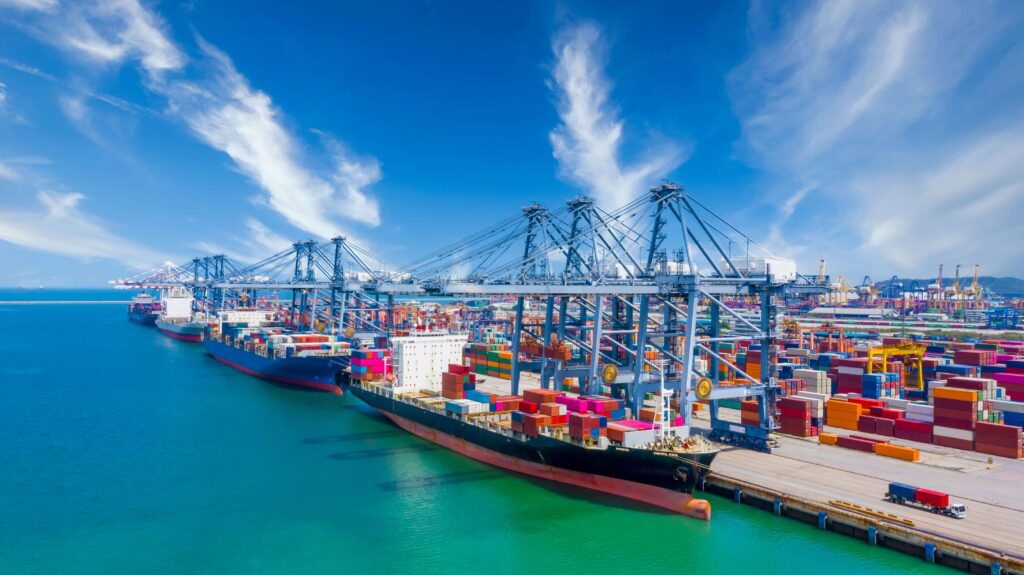
The delays limit port capacity, and port congestion could exacerbate shipping delays due to schedule changes, displaced shipping containers, and the Chinese New Year, as well as increase waiting times for container ships by up to three days.
Strategic impact
There are many strategic considerations to the delays. Companies will have items in transit that might be rerouted, items that need to be shipped and orders to place. Now is the time to consider alternatives to minimize the impact of the disruption to supply to ensure customer demand can be met.
Following the COVID-19 pandemic, companies jumped to find ways to build resilience into their supply chain to cope with future disruptions. Those who did should be able to ride out the challenges and deal with incurring more costs in the short term.
If you didn’t, now’s the time to develop plans to ensure you have stock to meet customer demand when your competitors can’t.
Short-term solutions to global supply chain disruption
Prioritize your orders and most valuable items
- Check on items in transit, get updated delivery dates and update customers.
- Review orders that haven’t been shipped yet and understand how they will be shipped.
- Identify your most important items and their forecasted demand to determine whether you need to increase order quantities temporarily. You can define an item’s importance based on its value to your business, such as the highest margins or the most in demand.

- Review stock at different business locations. For example, if you have additional stock in one warehouse, you could move this to one at risk of a stockout to cover orders and replace it with new items.
- Temporarily increase order quantities and use blanket purchase ordering to call off stock when needed. While placing larger orders doesn’t guarantee the supplier will be able to ship the items to you, it does secure them with your supplier and helps to guarantee the stock. In the longer term, to ensure you can hold the extra stock, you could rent a temporary warehouse close to your existing operations or get the port to hold stock and call it off as and when required.
Maintain communication with suppliers
- Speak to your suppliers regularly to understand any changes to delivery and lead times so you can update your customers and build these into your plans.
- If you use inventory optimization software, update the system regularly to receive new recommended orders, replenishment targets and safety stock levels. The software can then calculate any shortfalls in quantities so you can put contingency plans in place. This could be sourcing from new suppliers or reserving stock on hand for high-margin customers or contracted orders. You can also inform your commercial and sales teams of impending stockouts so they can promote other items where there might be more stock as replacements.
Source new suppliers
- Find alternative, closer suppliers who can help you fulfill orders. Although they might be more expensive, buying from closer suppliers should reduce lead times.
- Adding to your supplier portfolio gives you a backup option in the case of future disruption, which we explain later under long-term solutions. This might take some time to set up initially, but a diversified supplier base will protect you in the long term.
- Sourcing new suppliers could help you avoid penalties or reputation damage if you have contracts with large customers who find you stockouts.
Review transport methods
Identifying new routes can help you get the stock you need. Inventory optimization software can help you plan the optimal order split across different delivery routes to avoid stockouts while preserving margins, avoiding customer disappointment and making the most sustainable decisions.
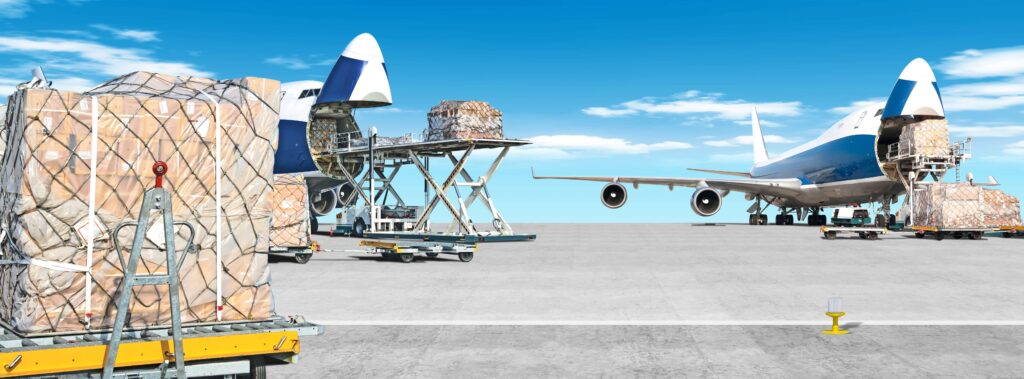
- Airfreight. While airfreight costs more, this could be an option for high-value items, as the cost of missed sales could be higher. You will need to place these orders quickly, as freight planes will be in high demand, and costs will continue to rise as space is at a premium.
- Mix freight channels. For some items, you might be able to combine sea, air and rail freight. Once your stock arrives in market, you can pay express delivery fees to get the items as quickly as possible.
- Use the route around Africa. Use the alternative shipping route for lower-value items, which will take longer but could reduce the cost impact.
Maintain communication with your customers
- Where you know you risk running out of items, speak to your customers to prepare them so they can make contingency plans.
- Consider scheduling customer deliveries to fulfill more customer orders without stockouts. For example, if a customer usually orders a month’s worth of stock but that will take all your stock, you could send two weeks’ worth and fulfill the rest from an upcoming delivery.
- If you can’t absorb additional delivery costs, you might need to pass them on to your customers, so be upfront and transparent with them to maintain good relationships.
Long-term solutions to global supply chain disruptions
As well as identifying short-term fixes, looking at long-term supply chain strategies, and increasing supply chain resilience is essential to respond quickly to future supply chain disruption.
A good place to start evaluating your supply chain resilience is by looking at how you’ve responded to previous supply chain issues. This helps you to identify opportunities to strengthen your supply chain, which could include:
Supply chain digitalization
Supply chain digitalization encompasses many supply chain and inventory management areas, which aim to automate manual processes and provide greater supply chain visibility.

The rise of cloud-based software makes it much easier to implement software tailored to your business needs without significant capital investment or business shutdowns. Cloud-based software-as-a-service options allow you to connect the best system for the job to your existing ERP System. This future-proofs your business as you can connect to a new ERP system if you change it.
AI-enabled inventory optimization software
Connecting inventory optimization software can automate your inventory management processes to improve efficiency, increase forecast accuracy and allow you to make data-informed decisions to respond to changing global economic conditions.
Inventory optimization software like EazyStock considers historical sales data, seasonal fluctuations, trends and promotional events to optimize stock levels, set appropriate safety stock levels and maintain good service levels.
As the software is cloud-based, it can easily connect to your existing ERP system, so you can be up and running in a matter of weeks.
The AI-enabled functionality can enhance demand forecasting accuracy, while dynamic report building provides the data you need when you need it.
Increased visibility
Once your items are in transit, tracking exactly where they are in the supply chain is challenging. Digitalizing your supply chain means you can introduce new and wearable technologies that use the Internet of Things (IoT). IoT allows you to connect devices or objects to a digital network to monitor their journey to your destination.
Connecting items using sensors and tracking devices such as NFC, QR codes, barcodes and tags provide insights to reduce costs, increase service levels and respond to issues quickly.
You can also build in additional security by adding blockchain technology. A blockchain is a digital transaction ledger. It is decentralized and distributed across a computer network. Each block contains multiple transactions, and when a new block is added, it connects to the most recent block in the chain. Once added to the chain, it cannot be altered, which makes it tamper and hacking-resistant. This increases trust in a supply chain by providing more transparency and traceability.
Inventory management buffers
Introducing inventory management buffers can mitigate risk and help to meet unexpected demand increases.

An example of an inventory buffer is safety stock. This is where you hold a calculated amount of extra stock to meet unexpected orders. Calculating the right amount is crucial to avoid tying up money and risking stock becoming obsolete while mitigating supply disruption.
Having a strategy for implementing capacity buffers can help when you need support meeting additional demand. This could be overtime or temporary staff recruitment policies.
Another example of a capacity buffer is paying for emergency orders, as with the current Red Sea disruption situation.
Time buffers will also help with the current situation. You can order materials or stock to arrive earlier than needed to avoid bottlenecks or production disruptions in manufacturing. You can also build in time buffers by delaying customer deliveries, which should be used as a last resort to avoid letting them down.
Review supplier portfolio
Suppliers are pivotal to success. If they cannot supply you with the items you need to meet demand, you risk losing customers to competitors. If you don’t already, ensure you review your suppliers regularly and evaluate and rank on key criteria, such as lead times, price, minimum order quantities (MOQs), meeting orders OTIF, dependability and alternative suppliers. You can then choose the most efficient supplier to deliver what you need.
Understanding how well your suppliers are performing enables you to build relationships, raise issues, and arrange preferential rates and delivery options.
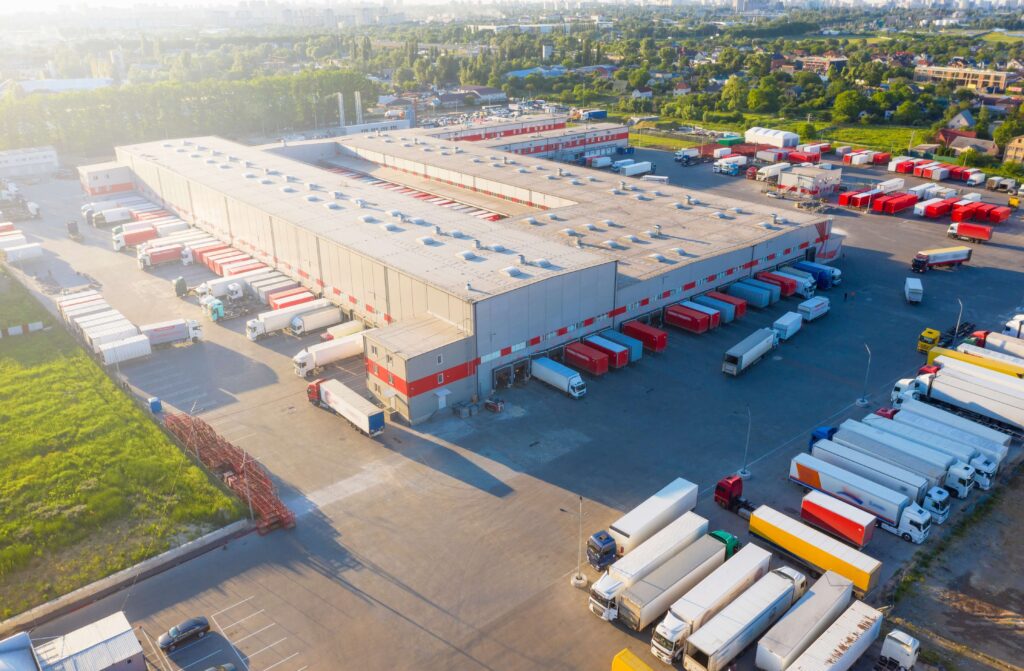
Reshoring, nearshoring and multishoring
An extension of supplier reviews is diversifying the location of your suppliers to reduce the impact of supply chain disruption. If you rely on suppliers from the Far East, who are cheaper but have longer lead times, the current disruption will have a significant impact.
Reshoring or nearshoring involves finding suppliers either in the same country as your end destination (reshoring) or in the same part of the world (nearshoring). Items might cost more to produce, but you might be able to meet sales that you’d miss by shipping from further away. You could build a portfolio of suppliers of the same items in various locations. This is called multishoring and allows you to balance your risk. For example, if you have suppliers in the Far East, the US and Europe, you could call on your supplier in Europe when there are issues in the Far East.
Increasing supply chain resilience with inventory optimization
To learn more about how inventory optimization software can help mitigate supply chain disruption and increase your supply chain resilience, speak to one of our experts.
